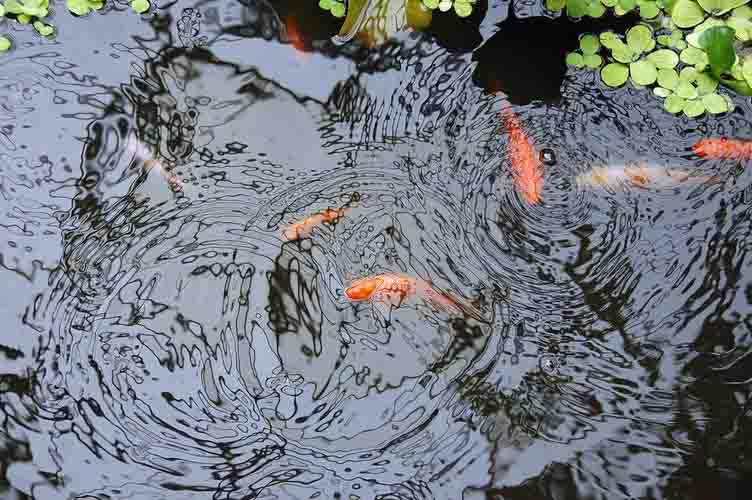A key focus of my blog is Science, Technology, Engineering and Mathematics. All industries evolve and Agriculture is no different. “Aquaponics” is becoming a viable alternative to traditional terrestrial Agriculture. The following contributed post is thus entitled, How Aquaponics is Changing Agricultural Practices.
* * *

Image Credit: Unsplash
Agriculture is an industry under a lot of pressure. As the world population increases and the climate changes, there are more and more issues when it comes to producing enough food for everyone. Indeed, when you consider the number of people starving in some countries and the number of people dying due to conditions caused by overeating in others, there’s clearly a problem.
Luckily, there are plenty of scientists looking into new ways to improve everything from crop yield to energy and water consumption. One way that scientists and farmers are experimenting is through the use of aquaponics. This is the combination of fish farming and crop farming and though it sounds weird, there are plenty of advantages to consider.
Crops Meet Fish
When large farmers choose their crops, they tend to go for miles and miles of the same thing. This is fine in theory but it isn’t as good for crop yield as polyculture. If you want the best results from nature, you should look at what nature does well. There’s a reason that plants are literally growing on top of each other in the rainforest – the plants are helping each other flourish.
One of the main reasons that aquaponics and crops go so well together is that fish create a lot of waste that plants really enjoy. Plants need a lot of water to grow and, surprise surprise, fish are pretty hot on water too. When you look at the very basic needs of each, there is a remarkable amount of crossover – even where waste products are concerned.
Though fish obviously need a lot of water to survive, the water they use can be used over and again. Rather than using large hose pipes to push water out into the atmosphere where most of it will evaporate, this water is circled again and again between the fish and the plants. This idea is so simple that just a Shinmaywa 50cr2.75s pump would do the trick.
A Circular System
In order to survive, fish require plenty of fresh water. Unfortunately, fish excrete waste including ammonia which can have a devastating effect on the water they live in if it is not removed.
In order to survive, plants require plenty of water and nutrients. Luckily, one of the nutrients tomato plants particularly love is ammonia. In fact, for the tomato plants to thrive, they actually need the waste water the fish need to be rid of.
By combining the two problems, a circular system is formed. The plants filter the excess nitrates out of the water and ‘exhale’ clean water through their leaves which is collected on the ceiling of the greenhouse.
As our needs increase the pressure on our planet grows exponentially as a result of our activities, it is important that we can find better ways to produce food without having to damage the environment to get the results we want. There is always a solution in nature if we look carefully enough and, strange as it sounds, aquaponics could be just that.
